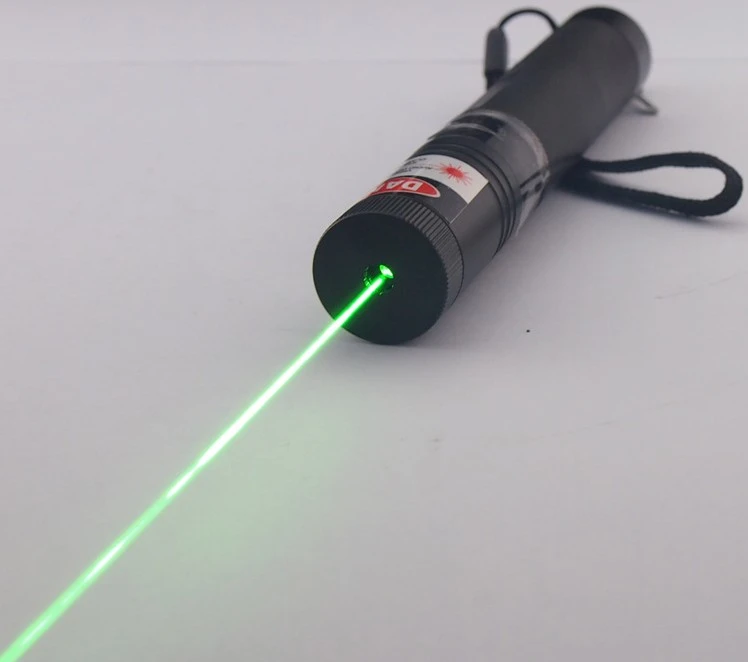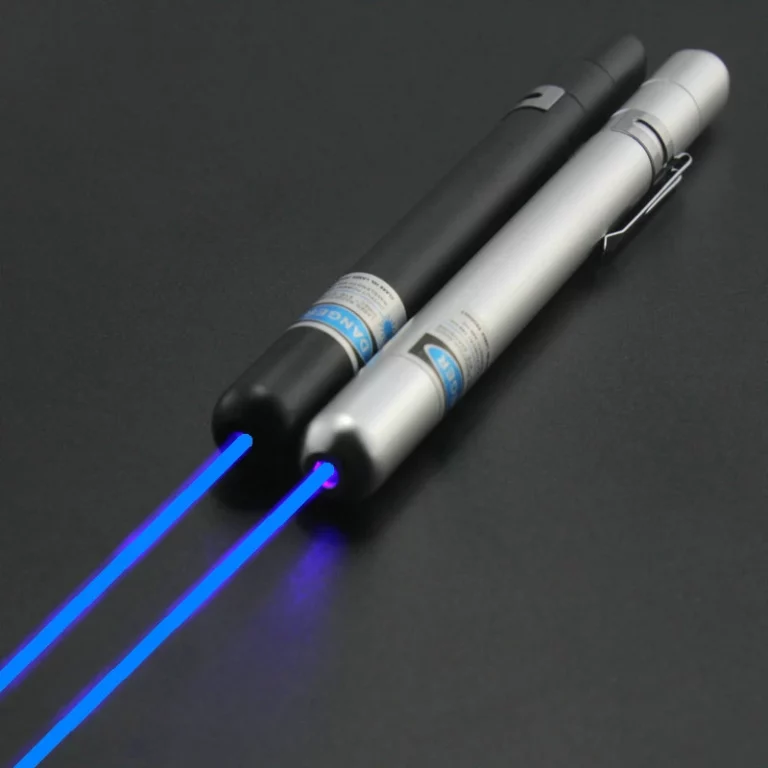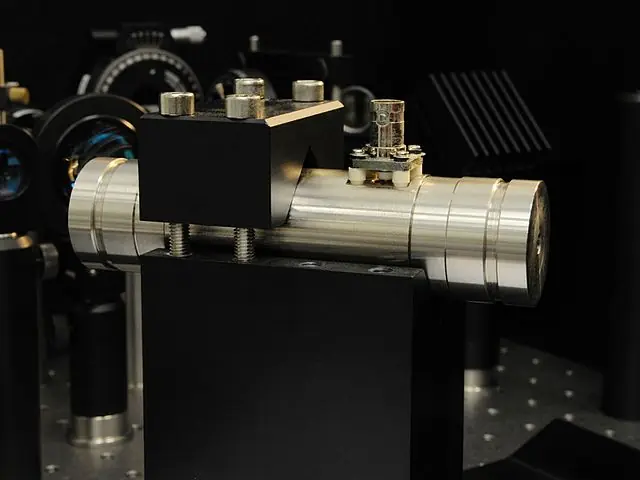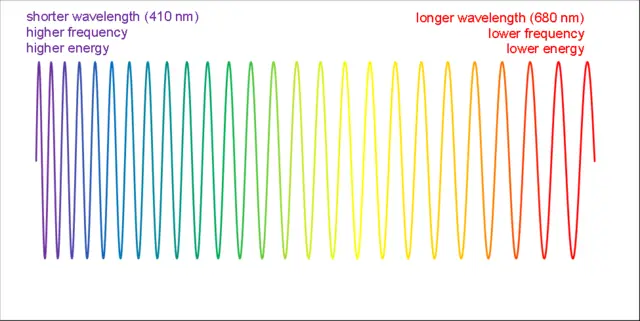Understanding Laser Pointers

Laser pointers are handheld devices that emit a narrow, focused beam of light, which is the result of a process called stimulated emission. They can be a valuable tool in various applications, but their potential to interfere with airplane pilots raises concerns about aviation safety. To gain a better understanding of laser pointers, we must explore their types, the underlying technology, and their common uses.
Types of Laser Pointers
Laser pointers come in a variety of colors and power outputs, falling under different legal classifications and restrictions. The color of the emitted light depends on the type of laser diode and the wavelength it produces. The most common types of laser pointers emit red, green, or blue light, with green typically being the most visible due to its wavelength’s alignment with the peak sensitivity of the human eye.
The power output of laser pointers varies, ranging from less than 1 milliwatt (mW) to several hundred milliwatts or even watts. In the United States, for example, the Food and Drug Administration (FDA) classifies lasers into four main categories: Class I, II, III, and IV, with increasing power and potential hazard.
Understanding Laser Technology
Lasers function based on the principle of stimulated emission, where excited atoms or molecules release photons coherently. This process involves directing an external energy source (such as electricity) into a gain medium, like a semiconductor in the case of laser pointers. The gain medium’s atoms or molecules absorb the energy, causing electrons to jump to higher energy levels. When these excited electrons drop back down to their original energy levels, they emit photons in phase with the stimulating light, resulting in a coherent, focused beam of light.
Laser pointers often use diode lasers, a type of semiconductor laser that relies on the interaction between electrons and holes (the absence of an electron in a semiconductor material) to generate light. The laser diode’s material and structure determine the wavelength and color of the emitted light.
Common Uses of Laser Pointers
Beyond their use in presentations and lectures, laser pointers have applications in astronomy, where they help stargazers identify celestial objects more easily. By emitting a focused beam of light, laser pointers allow astronomers to pinpoint specific stars, planets, and other celestial bodies with remarkable accuracy.
Laser pointers also serve as amusing toys for pets, particularly cats, who enjoy chasing the focused beam of light. Additionally, they are popular among hobbyists for various activities, such as pointing out objects during nature walks or as an aid for photography enthusiasts to highlight points of interest.
While the majority of laser pointer users employ these devices responsibly, it is essential to be aware of the potential hazards they pose when misused, particularly with regard to aviation safety.





